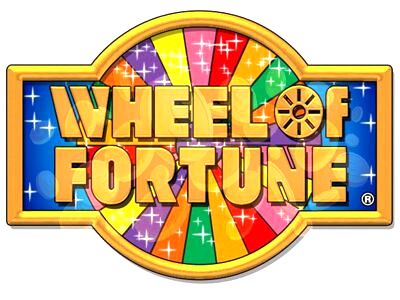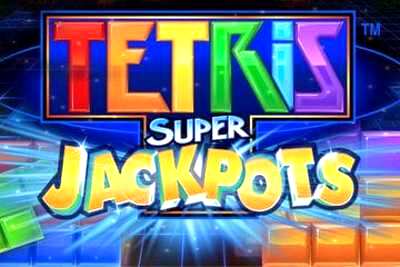What to Look for in a Slot’s Paytable
The huge diversity of online slots now available means that you can find just about any type of gameplay and theme. However, not everyone is aware that looking closely at a slot’s paytable gives you some crucial information that you can use to decide whether to play or not.

Source: Pixabay
The Volatility and RTP
Most slots mention the return to player (RTP) figure in their paytable, and if it’s not here then you can look for it on the help or information page. This is expressed as a percentage and the closer to 100% the better it is for you, but that doesn’t automatically mean that this is what you’ll win every time you play the game.
Instead, this is the return they expect to give out to all of their players, worked out over a huge number of spins. So it can be used as a guide but it doesn’t let you see how much you will win or lose if you play, although the more spins you try the more it should approach this number, at least theoretically.
The volatility is often a more useful rating, as it tells you how frequently you can expect the game to pay out. It’s not an exact science, but generally speaking, high-volatility slots will have less frequent payouts but for higher amounts, while a low-volatility game will pay smaller but more frequent prizes. If it says medium volatility that means it’s somewhere in the middle.
Knowing these figures will not help you to win more often, but you could use them to help work out your bankroll strategy more effectively. After all, a low-volatility slot could mean better chances of winning regularly, while a higher-volatility game could lead you to go through losing streaks where you run the risk of quickly wiping out your bankroll.
The Top Payouts
Not everyone is bothered about seeing the top prize in a slot, but if you want to aim for a big jackpot then this is the place to see it. Typically, you can see the prizes for different combinations of symbols plus any other amounts that you could claim.
Look for things like multipliers and modifiers, as they offer the best way of racking up big wins in some games. Free spins rounds are also important, as the total win can build up impressively as you play them even if each individual winning combination is reasonably modest.
Those games with progressive jackpots will often show the current amount next to the reels, as it grows and grows, meaning that there’s no need to enter the paytable to see it. Yet, entering the paytable is a good way of finding out exactly how you can win that prize, and what else is available for creating winning combinations.
You don’t need to get the biggest prize to have a profit from playing slots, as it's perhaps more likely that you do this by getting a series of smaller wins. Having said that, you might find that a bigger prize appeals to you more and gives you something to aim for.

Source: Pixabay
How to Trigger the Features
Too many people assume that the features are the same on every slot, rather than taking a moment to check what they involve and how to trigger them. In fact, slots are generally very similar but the game providers tend to keep them fresh by looking for different ways of offering bonuses and extra rounds.
This summary of how to play real money slots confirms that wilds, scatters and bonus rounds are among the most commonly seen features, with examples from games like Dead or Alive and Game of Thrones. It also explains that progressive jackpots can be triggered on the likes of Mega Moolah and Divine Fortune. These prizes are sometimes triggered randomly or by getting a certain combination on the screen.
Some slots are incredibly simple, with nothing more than a wild symbol and maybe a free spin round. Others have a long list of features that can be quite difficult to understand. Since slots are a game of chance, you don’t really increase your chances by knowing how to trigger the features, but you might feel better if you understand what you’re looking for.
Top Slot Game of the Month
 Sign Up to Play
You'll get a Big Bonus on Your First Deposit!
Sign Up to Play
You'll get a Big Bonus on Your First Deposit!
Best 5 Slot Games
-
 1
Register to Play
1
Register to Play
-
 2
Register to Play
2
Register to Play
-
 3
Register to Play
3
Register to Play
-
 4
Register to Play
4
Register to Play
-
 5
Register to Play
5
Register to Play